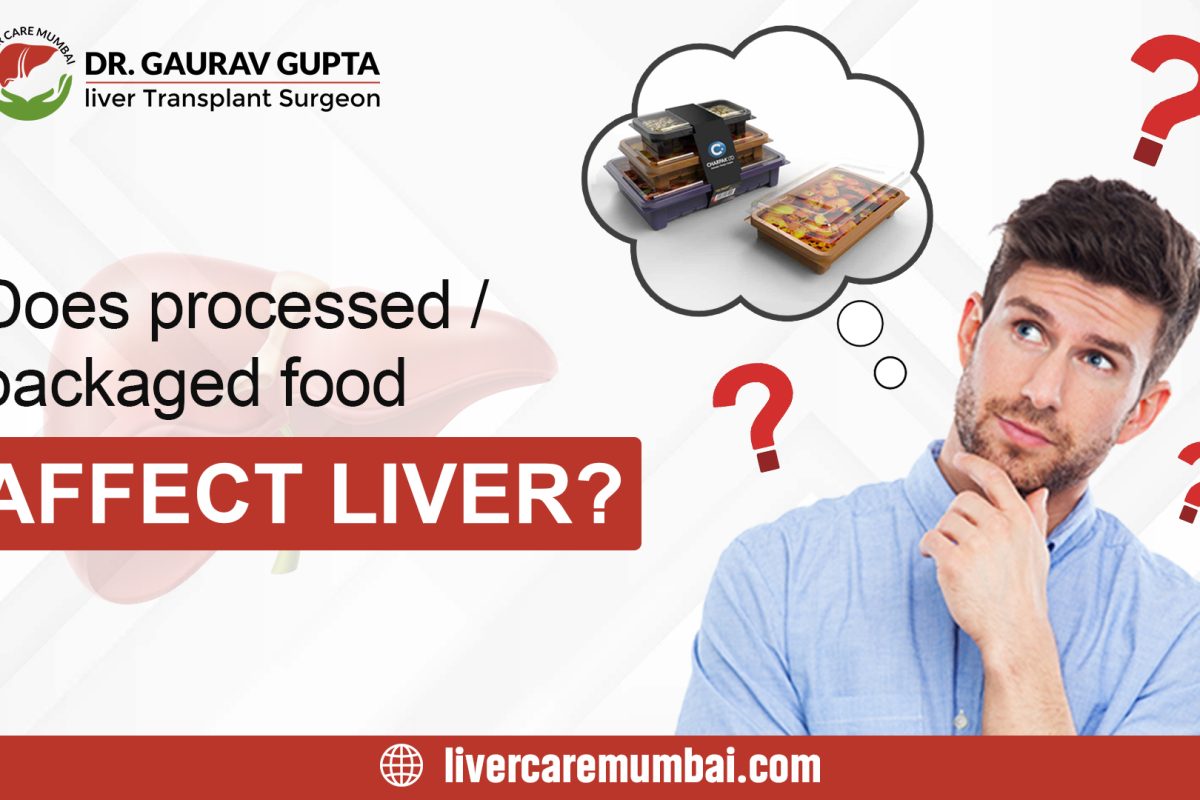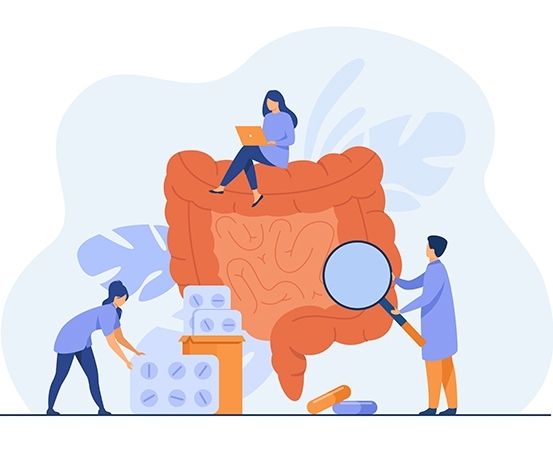Does processed/packaged food affect Liver?

Packaged foods have become a staple in many people’s diets due to convenience and availability. However, the consumption of these processed foods raises concerns about their potential effects on liver health
High Sugar and Artificial Sweeteners:Many packaged foods are loaded with added sugars or artificial sweeteners, which can have detrimental effects on liver health. Excessive sugar consumption contributes to the development of non-alcoholic fatty liver disease (NAFLD), a condition characterized by the accumulation of fat in the liver. Artificial sweeteners, commonly found in diet sodas and sugar-free products, have also been linked to liver damage and disruption of metabolic processes.
Trans Fats and Unhealthy Fats:Packaged foods often contain trans-fats and unhealthy fats, such as saturated and hydrogenated fats. These fats can lead to liver inflammation, insulin resistance, and an increased risk of NAFLD and other liver disorders. Consuming high amounts of processed snacks, fried foods, and packaged baked goods can contribute to the development and progression of liver diseases.
High Sodium Content:Packaged foods, particularly ready-to-eat meals and processed meats, tend to be high in sodium. Excessive sodium intake can contribute to liver damage by promoting fluid retention and increasing blood pressure. In individuals with existing liver conditions, such as cirrhosis, high sodium consumption can worsen symptoms and contribute to complications.
Food Additives and Preservatives: Packaged foods often contain various additives and preservatives to enhance flavor, texture, and shelf life. Some of these additives, such as certain food colorings and artificial flavorings, have been associated with liver damage and toxic effects. It is important to read food labels and limit the consumption of products with excessive amounts of additives and preservatives.
While occasional consumption of packaged foods may not have a significant impact on liver health, regular and excessive intake can contribute to liver damage and increase the risk of liver diseases. Choosing a balanced diet based on fresh, whole foods and minimizing the consumption of processed and packaged foods is key to maintaining a healthy liver and overall well-being. Dr Gaurav Gupta- Liver Specialist and Liver transplant surgeon will explain and provide accurate knowledge about liver health in detail.
Does processed/packaged food affect Liver?
Packaged foods have become a staple in many people’s diets due to convenience and availability. However, the consumption of these processed foods raises concerns about their potential effects on liver health
High Sugar and Artificial Sweeteners:Many packaged foods are loaded with added sugars or artificial sweeteners, which can have detrimental effects on liver health. Excessive sugar consumption contributes to the development of non-alcoholic fatty liver disease (NAFLD), a condition characterized by the accumulation of fat in the liver. Artificial sweeteners, commonly found in diet sodas and sugar-free products, have also been linked to liver damage and disruption of metabolic processes.
Trans Fats and Unhealthy Fats:Packaged foods often contain trans-fats and unhealthy fats, such as saturated and hydrogenated fats. These fats can lead to liver inflammation, insulin resistance, and an increased risk of NAFLD and other liver disorders. Consuming high amounts of processed snacks, fried foods, and packaged baked goods can contribute to the development and progression of liver diseases.
High Sodium Content:Packaged foods, particularly ready-to-eat meals and processed meats, tend to be high in sodium. Excessive sodium intake can contribute to liver damage by promoting fluid retention and increasing blood pressure. In individuals with existing liver conditions, such as cirrhosis, high sodium consumption can worsen symptoms and contribute to complications.
Food Additives and Preservatives: Packaged foods often contain various additives and preservatives to enhance flavor, texture, and shelf life. Some of these additives, such as certain food colorings and artificial flavorings, have been associated with liver damage and toxic effects. It is important to read food labels and limit the consumption of products with excessive amounts of additives and preservatives.
While occasional consumption of packaged foods may not have a significant impact on liver health, regular and excessive intake can contribute to liver damage and increase the risk of liver diseases. Choosing a balanced diet based on fresh, whole foods and minimizing the consumption of processed and packaged foods is key to maintaining a healthy liver and overall well-being. Dr Gaurav Gupta- Liver Specialist and Liver transplant surgeon will explain and provide accurate knowledge about liver health in detail.


